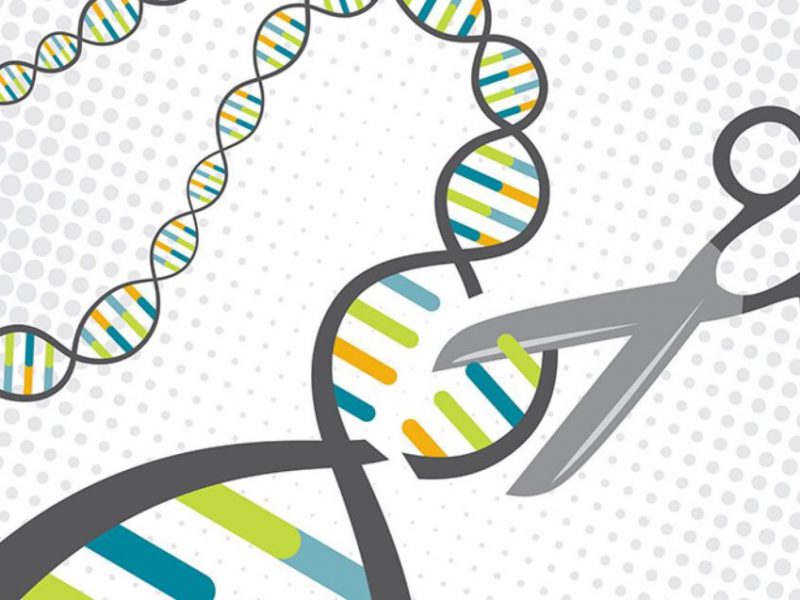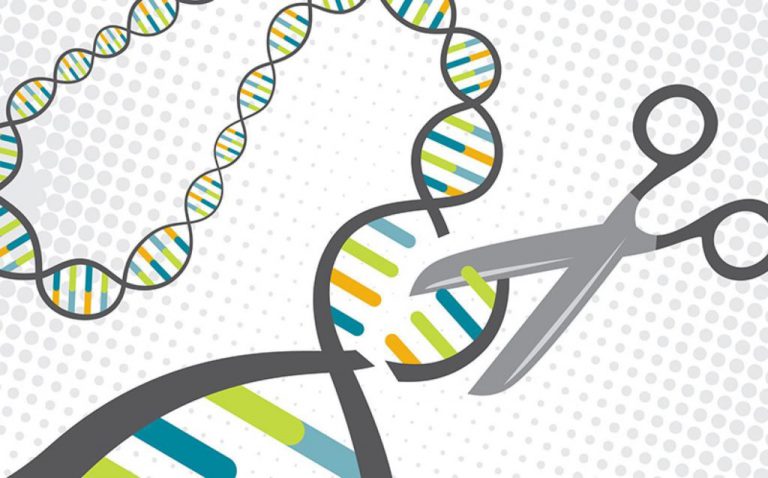Last week researchers from the United States and London’s Royal Veterinary College published a paper demonstrating that gene editing techniques can restore dystrophin production in a dog model of Duchenne that is amenable to exon skipping.
The researchers used a harmless virus (called an AAV or Adeno-associated virus) to deliver a set of gene-editing molecular scissors (called CRISPR/Cas9) to the muscles. These cut out a very carefully chosen piece of the dystrophin gene to induce exon skipping. Since the dog model is amenable to exon skipping, a smaller, but potentially functional dystrophin protein was produced in muscle cells.
Dystrophin levels of up to 80% (compared to healthy muscles) were seen in some muscles, but the experiments were too short to investigate whether the dogs went on to develop symptoms similar to people living with Duchenne and further work will need to investigate this. Researchers will also try to identify exactly which cells the virus delivers the molecular scissors to, and hope that this could shed light on the potential longevity of the approach.
While these results are encouraging, we must treat them with caution and remember that the research is still at a very early stage and only a small number of dogs were injected. Further work in animal models will therefore be necessary before the approach could be tested in clinical trials.
Find out more
- Contact Neil Bennett, Director of Research, to find out more on 020 7250 8240
- Book tickets for the Action Duchenne Conference
- More about potential therapies for Duchenne



 World Duchenne Awareness Day 2018
World Duchenne Awareness Day 2018
